.png)
Image from realestate.com.au
KEY POINTS
- A new analysis reveals Australian house price growth has far outpaced inflation and wages over 10, 20, and 50-year timeframes, largely due to low interest rates
- Affordability has collapsed, with the average time to save a 20% deposit now a decade, and only 13% of homes affordable for median-income households
- Housing supply is failing to meet demand due to rising construction costs, labour shortages, declining productivity, and slow government approvals
A landmark new report by the Australian Property Institute (API) has painted a stark picture of Australia’s worsening housing crisis, revealing how surging property prices, declining affordability, and construction bottlenecks are locking out new buyers and compounding intergenerational inequality.
The API’s inaugural Valuation Report reveals that Australian house prices have not only dramatically outpaced inflation and wages over the past 50 years - in some cases they’ve actually eclipsed returns from both gold and shares.
As the nation grapples with low housing affordability and a shortfall in construction, experts are warning that access to homeownership may soon be out of reach for all but the wealthiest Australians.
Medium-term gains for smaller cities
Among the findings is the extraordinary house price growth in Adelaide, which led the nation with a 175.09% increase in average annual median house prices over the past 20 years, edging out Hobart’s 171.86%.
These once-overlooked cities outperformed even the country’s largest markets, including Sydney (170.92%), Brisbane (169.44%) and Melbourne (169.16%).
In terms of unit prices, Hobart again topped the list with 133.47% growth, followed by Adelaide (128.87%) and Melbourne (109.06%).
Sydney and Brisbane lagged slightly behind the national average in unit price growth.
Sydney shines over long-term
However, it's Sydney that has emerged as the top performer over the longer term.
Since 1975, the harbour city’s median house price has soared a staggering 3801.9% - far outpacing the All Ordinaries share index (3120%) and even gold (2758%).
These figures underscore the enduring strength of Australian real estate as an asset class.
Low rates, high costs
The API report finds a key driver of the long-term housing boom has been interest rates.
From 1995 to 2019, the Reserve Bank of Australia (RBA) slashed the cash rate from 7.5% to 1.5%.
The API report says RBA economists have concluded this long period of low interest rates helped inflate house prices, while simultaneously making it harder for new buyers to enter the market.
As a consequence, homeownership among young Australians fell from 60% in 1995 to 45% by 2019.
This trend has had generational consequences.
In 1975, it took just 3.4 years of average annual earnings to buy a median-priced house in an Australian capital city.
Today, that number has more than doubled to 8.1 years, rising to an eye-watering 13 years in Sydney.
In Darwin, the most affordable capital, the figure is still 5.8 years.
Young Australians are paying far more relative to income than their parents did for housing.
And the API points out it’s not just the price of homes that has risen dramatically.
Transaction costs, stamp duties, and the need for larger deposits have all contributed to a dramatic drop in affordability.
The Australian Property Institute says data from the National Housing Supply and Affordability Council reports it now takes 10 years for an average buyer to save a 20% deposit.
Even then, only 13% of properties sold in 2022-23 were affordable for a median-income household - down from 40% in March 2022.
Mixed fortunes for the regions
The COVID-19 pandemic reshaped the property landscape, with some regional and coastal areas becoming unexpected hotspots.
Queensland’s Gold and Sunshine Coasts have claimed seven of the top ten growth suburbs nationally since 2015.
Coolangatta and Broadbeach-Burleigh saw median house prices jump over 154%, while Maroochy and the Noosa Hinterland also posted triple-digit growth.
In contrast, remote parts of Queensland and New South Wales, along with Darwin, were among the weakest performers.
Despite booming tourist regions, the broader housing market has become increasingly fragmented—further complicating efforts to address the crisis.
Building industry under pressure
While demand for housing continues to surge driven by strong population growth, largely from overseas migration, supply is falling short.
The API report says Master Builders Australia has projected a shortfall of 166,000 homes over the next five years, at the same time as the sector is under siege from rising construction costs, labour shortages, and collapsing productivity.
In just one year to July 2024, over 3,000 construction businesses entered external administration - a staggering 304% increase from the year before.
A Productivity Commission report has also found that output per construction worker has declined by 53% over the past three decades, compared with a 49% increase in productivity in the broader economy.
API says delays in planning approvals are also exacerbating the crisis.
Limited relief ahead
While economists and financial markets expect more interest rate cuts in 2025, The Valuation Report says any relief may be muted.
It cites the data analytics firm Cotality, formerly CoreLogic, warning that even with a drop in the official cash rate, the gap between what the median-income household can afford ($593,000) and the national median home price ($815,000) remains vast.
Mortgage serviceability requirements - tightened by banking regulators in 2021 - are unlikely to be relaxed soon, making it harder for first-home buyers to secure loans, regardless of rate movements.
As the population continues to grow and housing supply remains constrained, the API report serves as a sobering reminder: without urgent and coordinated action from government and industry, the dream of homeownership will drift further out of reach for millions of young Australians.
Stay Up to Date
with the Latest Australian Property News, Insights & Education.




.png?width=292&height=292&name=Copy%20Link%20(1).png)
 SIGN UP FOR FREE NEWSLETTER
SIGN UP FOR FREE NEWSLETTER
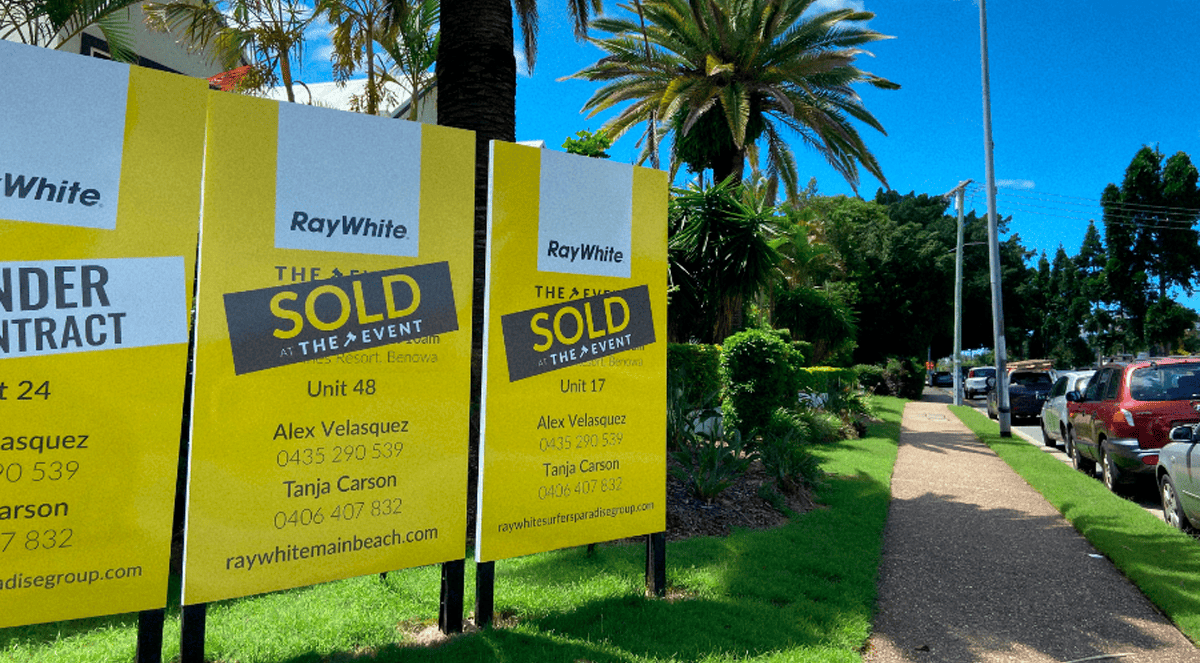
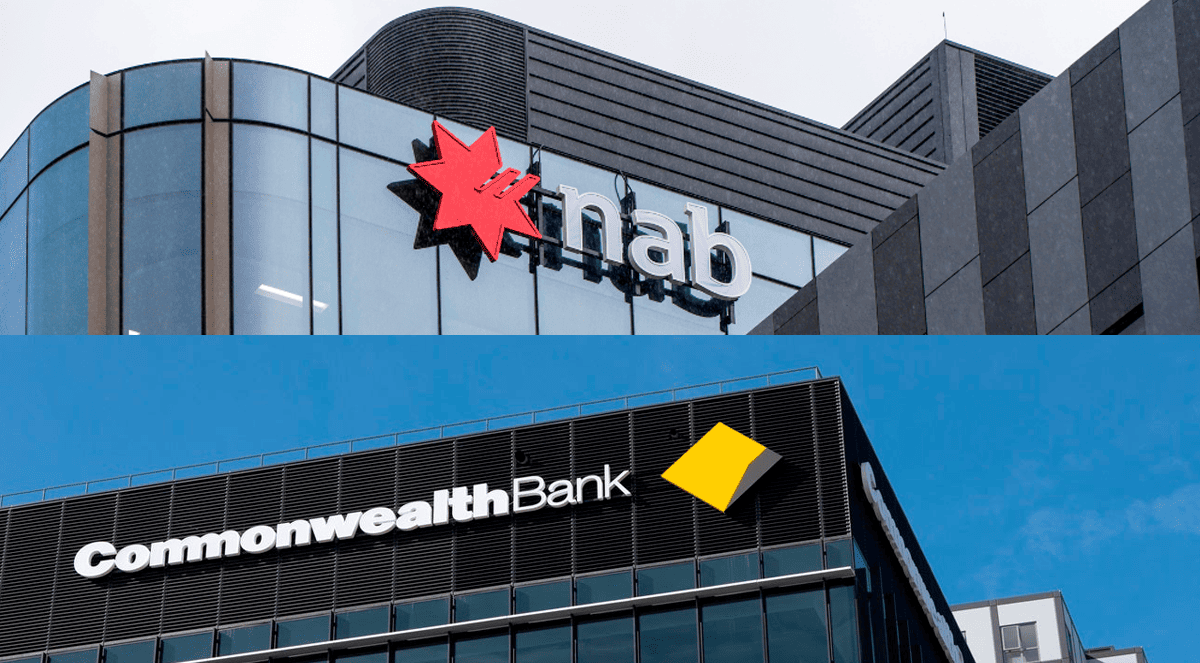
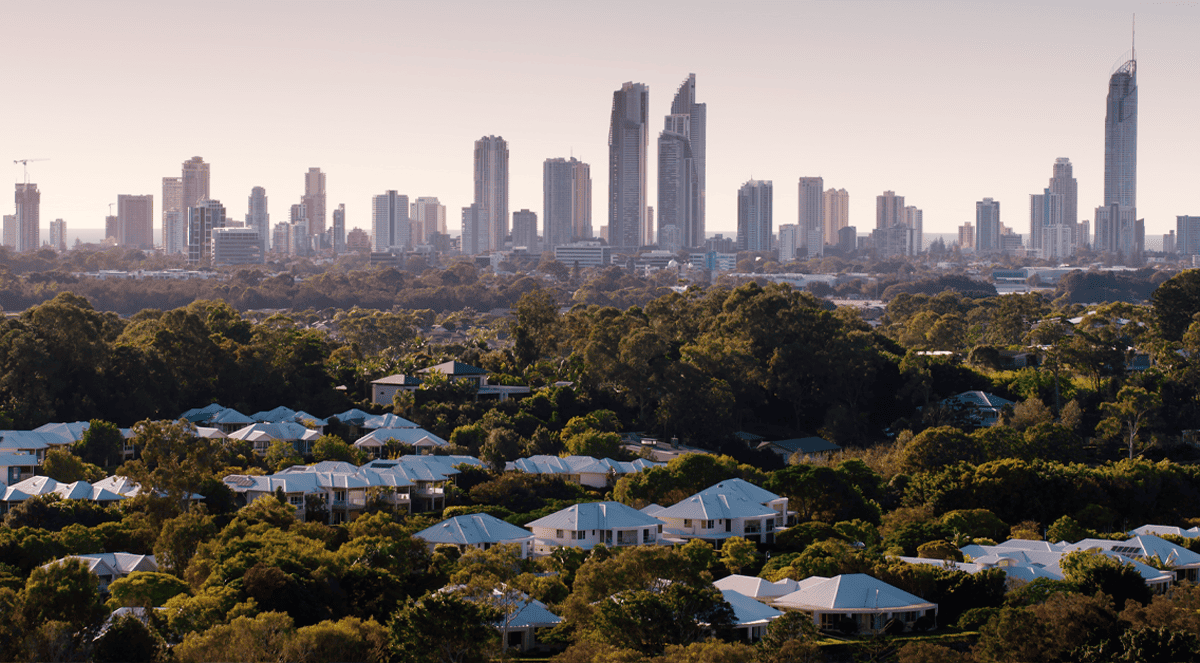
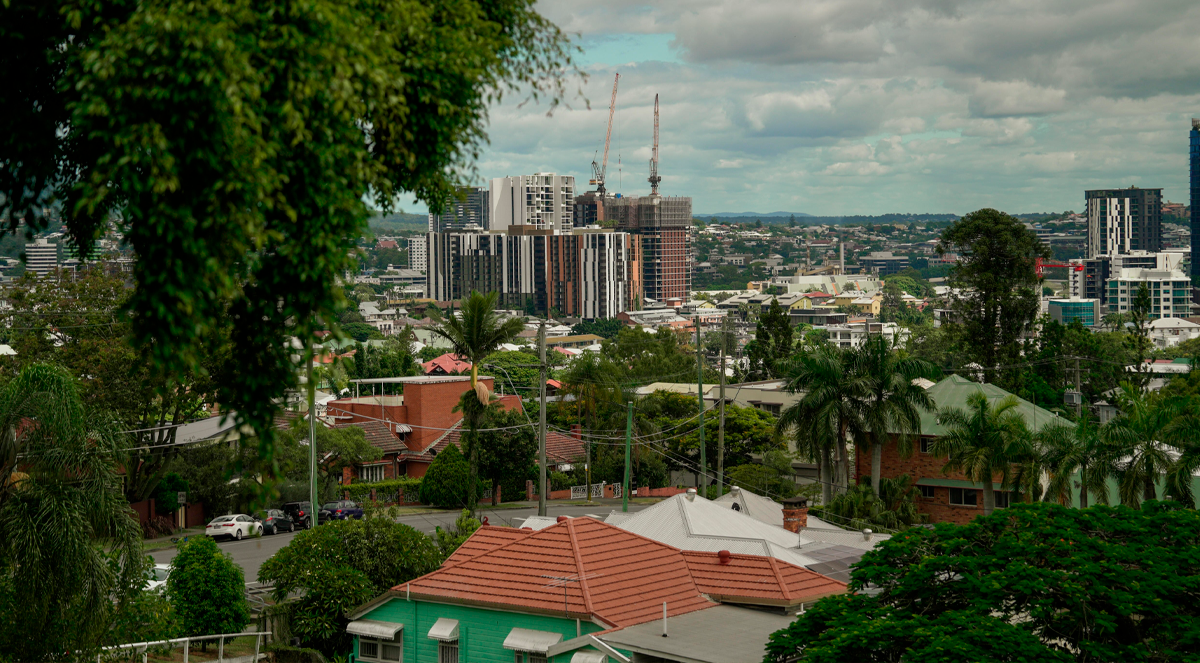
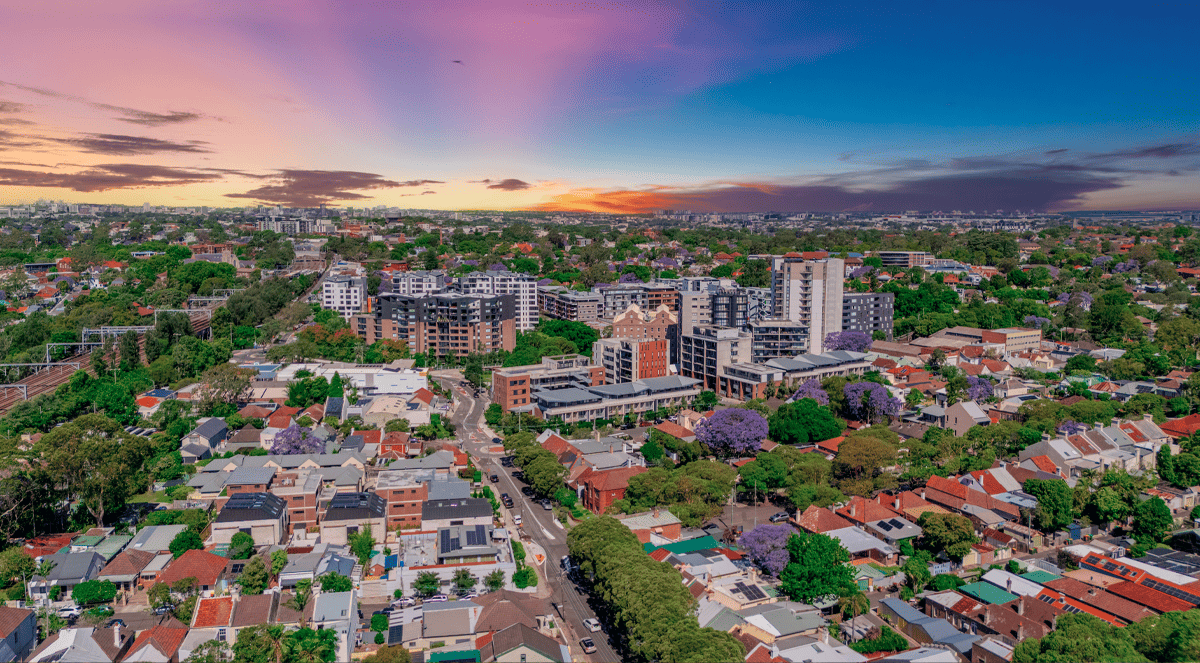
.jpg?width=1920&height=1080&name=Warning%2c%20You%20Might%20Be%20Facing%20Higher%20Taxes%20Soon%20(1).jpg)





.png?width=1920&height=1080&name=Rate%20Drops%20Signal%20BIGGEST%20Property%20Boom%20in%20DECADES%20(1).png)

.jpg?width=1920&height=1080&name=Labor%20vs%20Liberal%20These%20Housing%20Policies%20Could%20Change%20the%20Property%20Market%20Forever%20(1).jpg)
.jpg?width=1920&height=1080&name=QLD%20Slashes%20Stamp%20Duty%20Big%20News%20for%20Investors%20%26%20Home%20Buyers%20(1).jpg)
.jpg?width=1920&height=1080&name=Trump%20Just%20Slapped%20Tariffs%20%E2%80%93%20Here%E2%80%99s%20What%20It%20Means%20for%20Australia%20(1).jpg)
.jpg?width=1920&height=1080&name=Federal%20Budget%202025%20More%20Debt%2c%20No%20Housing%20%E2%80%93%20Here%E2%80%99s%20What%20You%20Need%20to%20Know%20(1).jpg)
.jpg?width=1920&height=1080&name=Australias%20Housing%20Crisis%20is%20about%20to%20get%20MUCH%20Worse%20(New%20Data%20Warns).jpg)
%20(1).jpg?width=1920&height=1080&name=Australias%20RENTAL%20CRISIS%20Hits%20ROCK%20BOTTOM!%20(2025%20Update)%20(1).jpg)
%20(1).png?width=1920&height=1080&name=Is%20Adelaide%20Still%20a%20Good%20Property%20Investment%20(2025%20UPDATE)%20(1).png)
.jpg?width=1920&height=1080&name=RBA%20Shocks%20with%20Rate%20Cuts!%20What%E2%80%99s%20Next%20for%20Property%20Investors%20(1).jpg)
%20(1).jpg?width=1920&height=1080&name=I%20Predict%20The%20Feb%20Rate%20Cut%20(My%20Price%20Growth%20Prediction)%20(1).jpg)
.png?width=1920&height=1080&name=Why%20Property%20Prices%20Will%20Rise%20in%202025%20Market%20Predictions%20(1).png)
.jpg?width=1920&height=1080&name=Why%20Investors%20Are%20Choosing%20Apartments%20Over%20Houses%202%20(1).jpg)
.jpg?width=1920&height=1080&name=Why%20Rate%20Cuts%20Will%20Trigger%20A%20Property%20Boom%20(1).jpg)
.jpg?width=1920&height=1080&name=Retire%20On%202Million%20With%20One%20Property%20(Using%20SMSF).jpg)
.jpg?width=1920&height=1080&name=4%20Reasons%20Why%20You%20Should%20Invest%20in%20Melbourne%20Now%20(1).jpg)
%20(1).jpg?width=1920&height=1080&name=Old%20Property%20vs%20New%20Property%20(Facts%20and%20Figures%20Revealed)%20(1).jpg)
%20(1).jpg?width=1920&height=1080&name=Will%20The%20New%20QLD%20Govt%20Create%20a%20Property%20Boom%20or%20Bust%20(My%20Prediction)%20(1).jpg)
%20Scott%20Kuru%20(1).jpg?width=1920&height=1080&name=Inflation%20Hits%20Three-Year%20Low%20(Will%20RBA%20Cut%20Rates%20Soon)%20Scott%20Kuru%20(1).jpg)
.jpg?width=1920&height=1080&name=How%20to%20Buy%20Investment%20Property%20Through%20SMSF_%20The%20Ultimate%20Guide%20(1).jpg)
.jpg?width=1920&height=1080&name=Victoria%20Slashes%20Stamp%20Duty%20Melbourne%20Set%20to%20Boom%20Scott%20Kuru%20(1).jpg)
.png?width=1571&height=861&name=Are%20Foreign%20Buyers%20Really%20Driving%20Up%20Australian%20Property%20Prices%20(1).png)
.jpg?width=1920&height=1080&name=The%20Single%20Factor%20That%20Predicts%20Property%20Growth%20Regions%20(1).jpg)
%20Scott%20Kuru%20(1).jpg?width=1920&height=1080&name=My%20Prediction%20On%20Rates%20%26%20Negative%20Gearing%20(Market%20Crash)%20Scott%20Kuru%20(1).jpg)

-1.png?width=1920&height=1080&name=Major%20Banks%20Cut%20Rates%20Will%20RBA%20Follow%20Suit%20(Sept%20Rate%20Update)-1.png)
%20Scott%20Kuru-1.png?width=1920&height=1080&name=Rate%20Cut%20Coming%20What%20New%20Zealands%20Move%20Means%20for%20Australia%20(Sept%20Prediction)%20Scott%20Kuru-1.png)
%20(1).jpg?width=1920&height=1080&name=Buy%20when%20the%20interest%20rates%20are%20high!%20(Why%20you%20must%20buy%20now!)%20(1).jpg)
.jpg?width=1920&height=1080&name=Carms_Revised%20Taxes%20Due%20Aug%209%20YT%20Thumbnail02%20(1).jpg)
.jpg?width=1920&height=1080&name=Carms_Too%20Little%20Too%20Late%20Aug%207%20YT%20Thumbnail01%20(1).jpg)









.jpg?width=1920&height=1080&name=Carms_Rate%20Drop%20In%20July%20Jun%2010%20YT%20Thumbnail02%20(1).jpg)
.jpg?width=1920&height=1080&name=Carms_Own%20a%20Property%20V6%20Jun%205_YT%20Thumbnail%20(1).jpg)









.png?width=1920&height=1080&name=Artboard%201%20(3).png)






.jpg?width=1920&height=1080&name=YT%20thumbnail%20%20(1).jpg)

